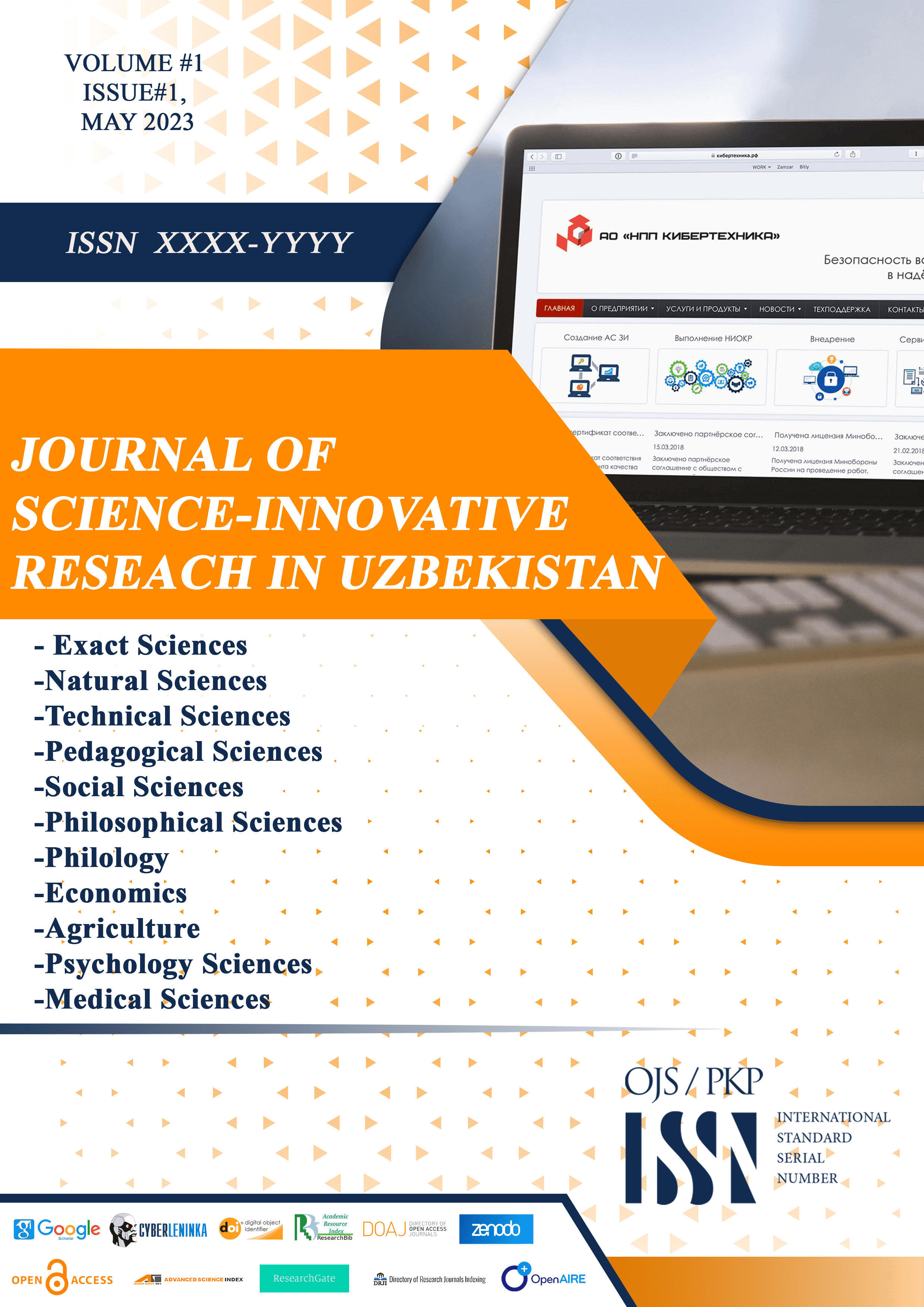Abstract
This study examines language acquisition, a complex process influenced by sociocultural variables, cognitive processes, and linguistic diversity, with an emphasis on Uzbek learners' acquisition of English grammar. The analysis explores the complex dynamics shaped by verb morphology, pluralization patterns, and syntactic elements in Uzbek language structures. The study reveals subtle difficulties in learning English grammar and differences in syntactic patterns between Uzbek and English that require cognitive adjustment. Complex verb morphology in English creates obstacles for auxiliary usage and tense forms; pluralization patterns and phonological distinctions cause more difficulties. Uzbek learners' English language growth depends on a variety of factors, including experiences with cultural immersion, linguistic support, and tailored instructional methodologies.
References
Bialystok, E. (2001). Bilingualism in Development: Language, Literacy, and Cognition. Cambridge University Press. 2. Bley-Vroman, R. (1989). What is the logical problem of foreign language learning? In S. Gass & J. Schachter (Eds.), Linguistic Perspectives on Second Language Acquisition (pp. 41–68). Cambridge University Press. 3. Brown, H. D. (1993). Principles of Language Learning and Teaching (3rd ed.). Englewood Cliffs, NJ: Prentice Hall. 4. Cook, V. J. (1985). Chomsky's universal grammar and second language learning. Applied linguistics, 6(1), 2-18. 5. Corballis, M. C. (2017). Language evolution: a changing perspective. Trends in cognitive sciences, 21(4), 229-236.
Corballis, M. C. (2017). The truth about language: what it is and where it came from. University of Chicago Press. 7. Kelieva, D., Tojiboyev, M., Valijaniv, Sh., Mirzayeva, Z., Ergashev, R. (2020). How to develop the teaching system of English to Esol teachers and students.
ACADEMICIA: An International Multidisciplinary Research Journal, 10(2), 216– 227
Krashen, S. (1982). Principles and Practice in Second Language Acquisition.
Pergamon. 9. Krashen, S. (1985). The Input Hypothesis: Issues and Implications.
Longman. 10. Rasulbek, E. (2024). INTERSECTING LEARNING THEORIES AND TEACHING APPROACHES IN UZBEKISTAN'S LANGUAGE CLASSROOMS:
A HOLISTIC EXPLORATION. American Journal Of Social Sciences And Humanity Research, 4(01), 94-109. 11. Swain, M. (1985). Communicative competence: Some roles of comprehensible input and comprehensible output in its development. In S. M. Gass & C. G. Madden (Eds.), Input in Second Language Acquisition (pp. 235–253).
Newbury House. 12. White, L. (1992). Universal grammar: Is it just a new name for old problems. Language transfer in language learning, 5, 217-232. 13. Yang, C., Crain, S., Berwick, R. C., Chomsky, N., & Bolhuis, J. J. (2017).
The growth of language: Universal Grammar, experience, and principles of computation. Neuroscience & Biobehavioral Reviews, 81, 103-119. 14. Galaxy International Interdisciplinary Research Journal (Giirj) Issn (E): 2347-6915 Vol. 12, Issue 2, February (2024)

This work is licensed under a Creative Commons Attribution 4.0 International License.

